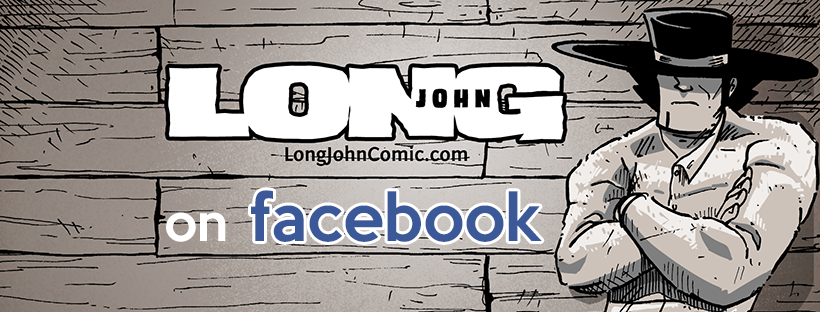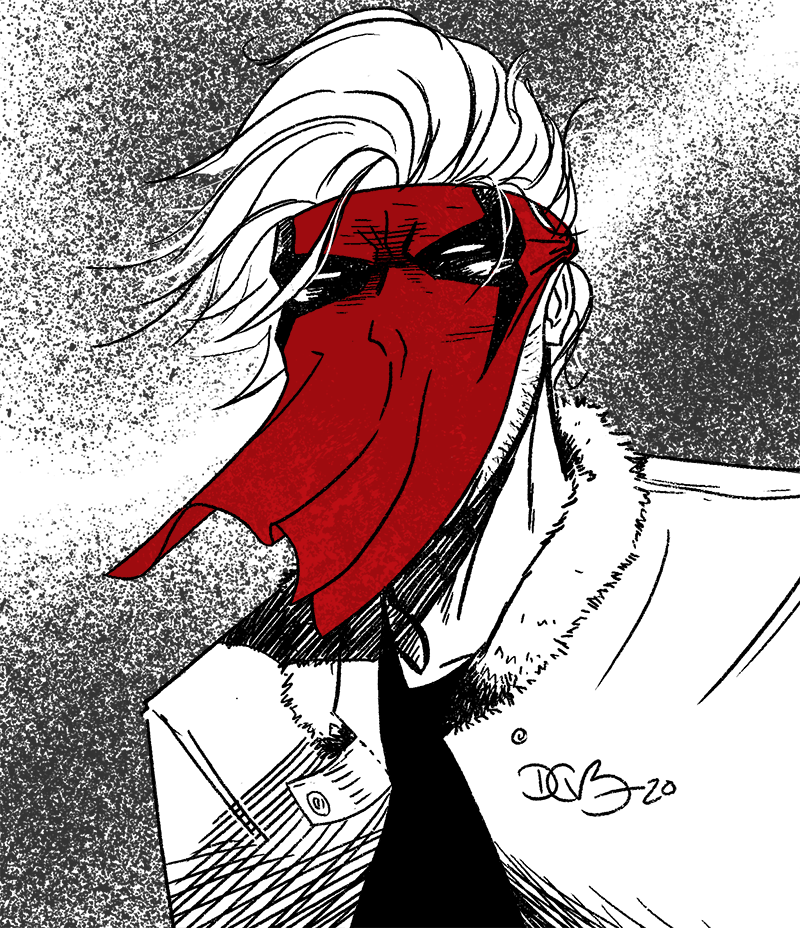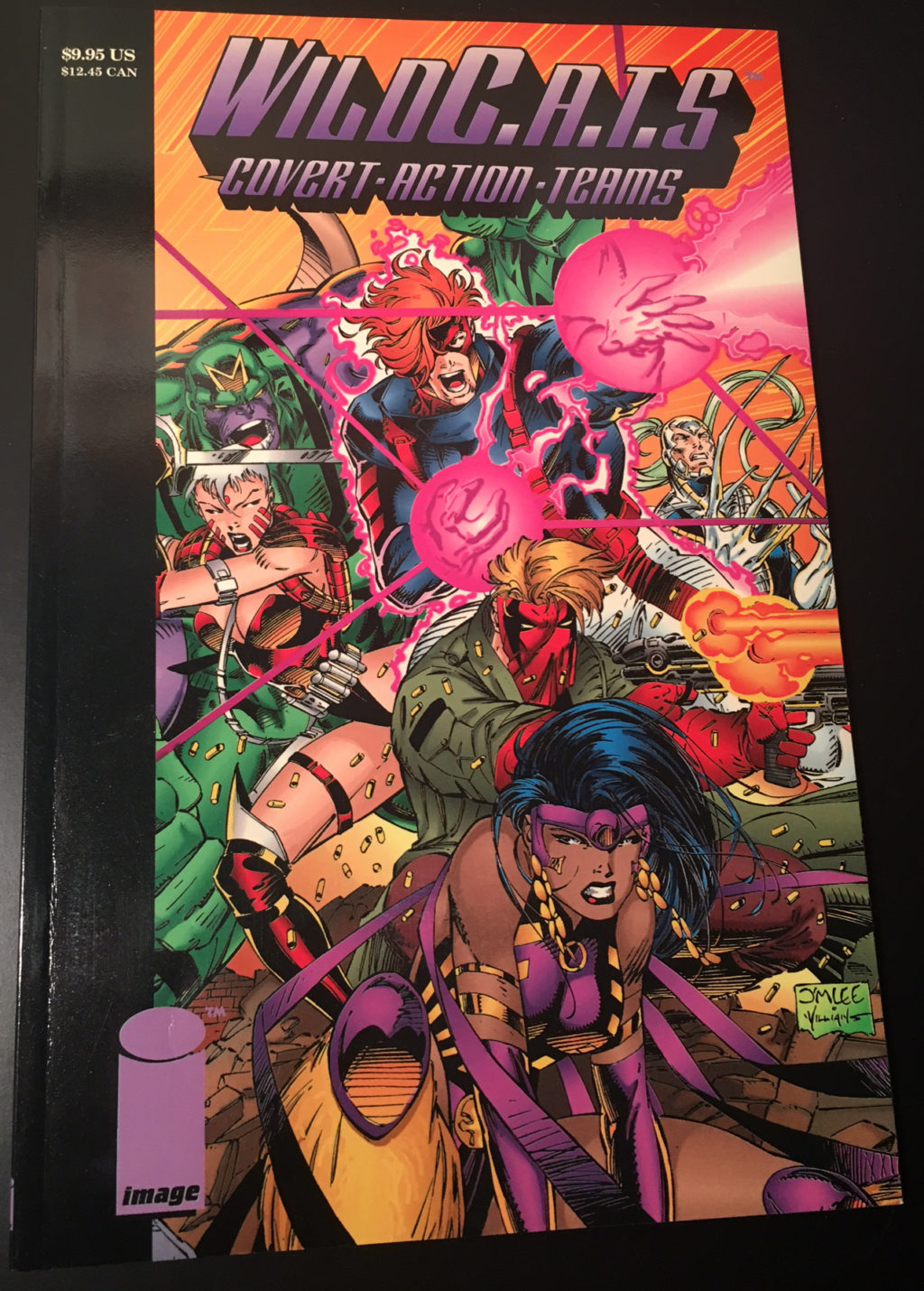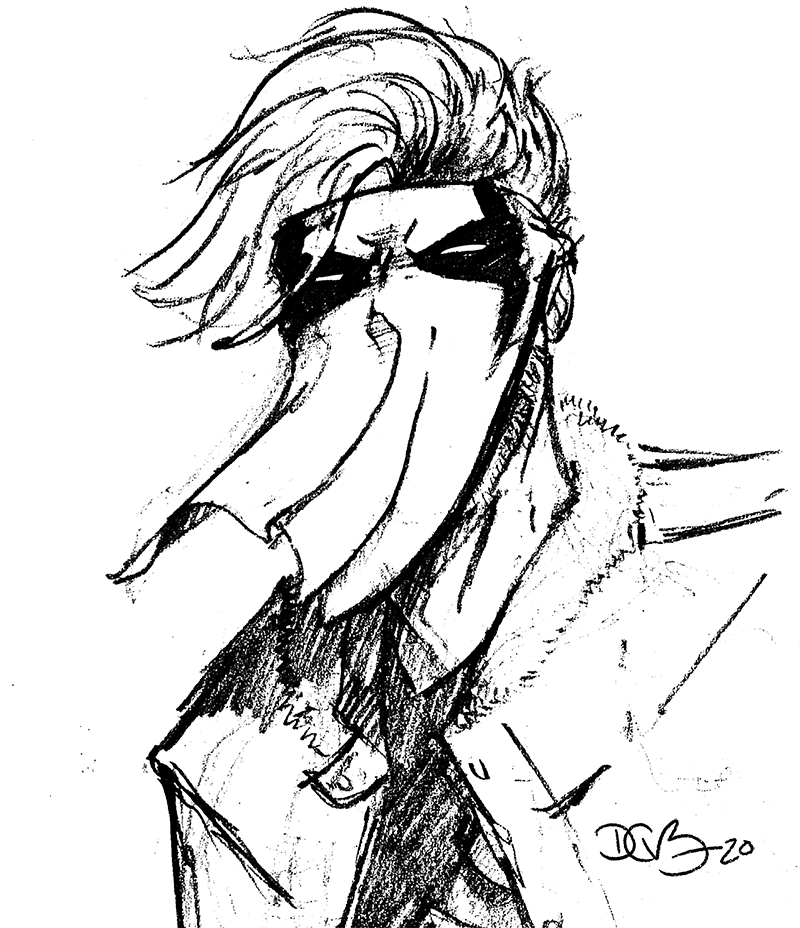Chapter 4 marks a strange new beginning in some ways. It acts as an interlude, one about Long John dealing with what occurred in the previous three chapters and preparing––unknowingly as it may be––for the chapters to come. However, like the very first chapter, “Dead Words” is a standalone work, one that takes the temperature of not only where Long John is at this moment but also of the entire region at this point in the story.
To set the tone, there will be two posts this week that will help readers get into the mindset of where Chapter 4––and the subsequent installments––comes from, though it may not always be comfortable. So, reaching back to before the release of the first chapter, we add to the previous four entries of “The Long John Primer”––the things that help to make Long John what it is, has been, and will be.
5. The Heavy Metal Factor
This is probably one of the most dissonant areas of conversation that comes up during conversation. People can accept the noir or Kurosawa influence in the comic as those two influences line up historically and aesthetically with traditional westerns as well as with whatever kind of western I’m making with Long John.
But to hear that heavy metal is one of the main types of music I listen to––and that the themes and timbre of this music inspire me more than any other––is when I watch people run face-first into a brick wall.
For me, however, there is more of a direct lineage if you consider the specific heavy metal that I enjoy and the more interesting and progressive scores of the genre cinematically.
I think one of the first movies whose score I actively remember is Ry Cooder’s music for the Kurosawa-inspired depression-era gangster film, Last Man Standing. Cooder’s recognizable slide guitar stylings, as told through heavily distorted amplification, became a white whale for me in terms of trying to find physical copies of the soundtrack as well as the kind of music I wanted to be listening to regularly. Cooder’s score was crunchy, his notes heaving through punctured and dusty speaker cones. Aside from latter day Neil Young (and his gorgeous score for Jim Jarmusch’s Dead Man), the only comparable sound I ever found was through heavy metal, specifically a genre called “doom” metal, but the designation is meaningless.
What I find in this music is an unending plateau of wide open (albeit distorted) guitars, with heavily reverberated but confident melody circling thoughtful, literary lyrics (as sad as they can sometimes be) as sung by sad, soulful, and lonely voices. I love the earnest melodrama of it, and it hits a very specific chord at my core.
But it’s that sound to which I stomp ever closer, especially as we head into a particularly dark section of Long John. The music of Dawnbringer––whom I have written about before back in Chapter 1––definitively spoke to this, and from that foundation I found musicians that continue to answer that call.
In the relentless pursuit of that sound, bands like Pallbearer and Khemmis have provided hours of inspiration and, for lack of a better word, personal calm. That tone––the droning yet melodic fuzz that wraps around your head like a towel straight from the dryer––has a profound effect on me, where even the despondent lyrics don’t deter from the philosophical calm that the noise brings me. It’s a din through which melody can still permeate, a desolation where beauty can still find a path, and actually leaves me with a sense of empowerment and optimism despite some of pessimistic themes these songs can hold.
It’s the sequential art version of that tone that I pursue here, a brass ring I desperately reach for with Chapter 4. I hope that same feeling hugs the reader by the end of the chapter––hell, of the entire book. It’s a feeling that, despite the darkness, cacophony, and confusion, light still comes through, pointing to a morning full of opportunity built on the back of what came before. But it’s okay to wait until the smoke clears first.
This music is a much more personal inspiration than any of the previous primers––one that may even push people away––but it’s probably one of the driving factors to getting each page, scene, and chapter drawn through to completion. If it’s music not to your taste, I get it; however, know that it is the driving beat and sound that pushes my pen forward as I tell Long John’s story.
So, that’s the Long John primer. Also, read about The Eastern Sierra Nevada Factor, The Kurosawa Factor, The Hamett Factor, The Western Factor, and The Indie Comics Factor.




